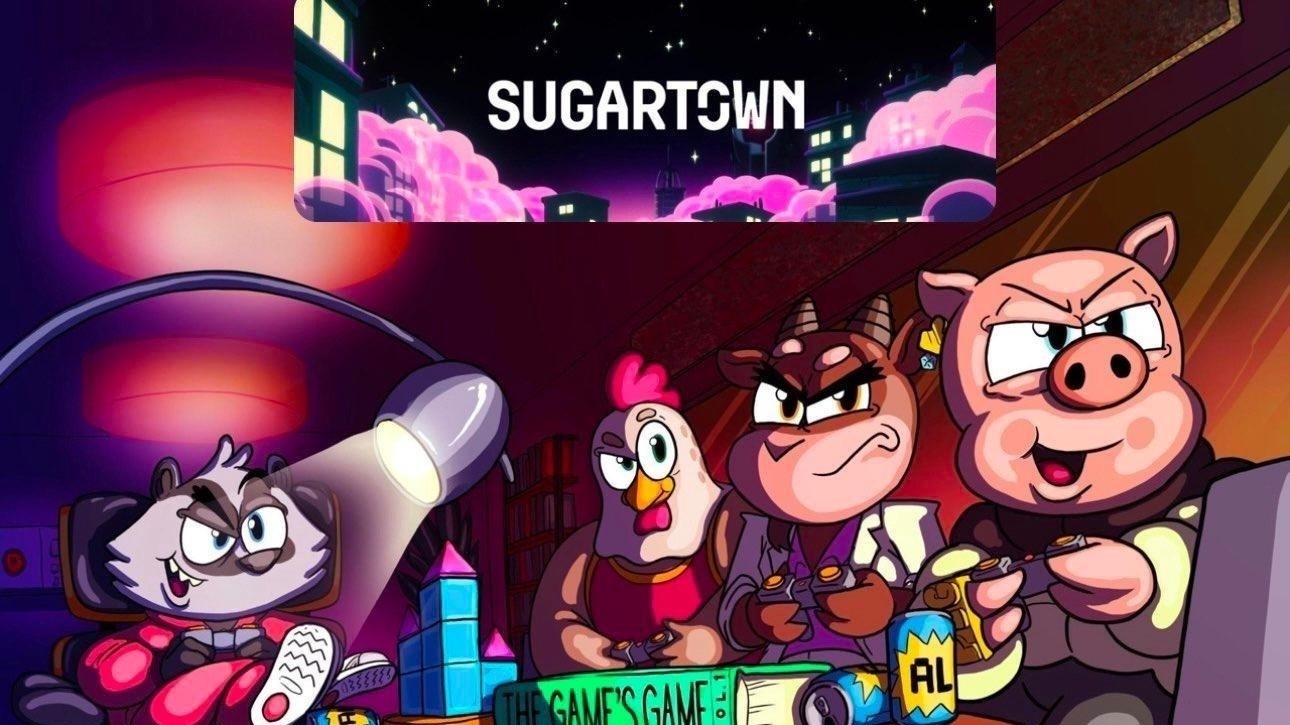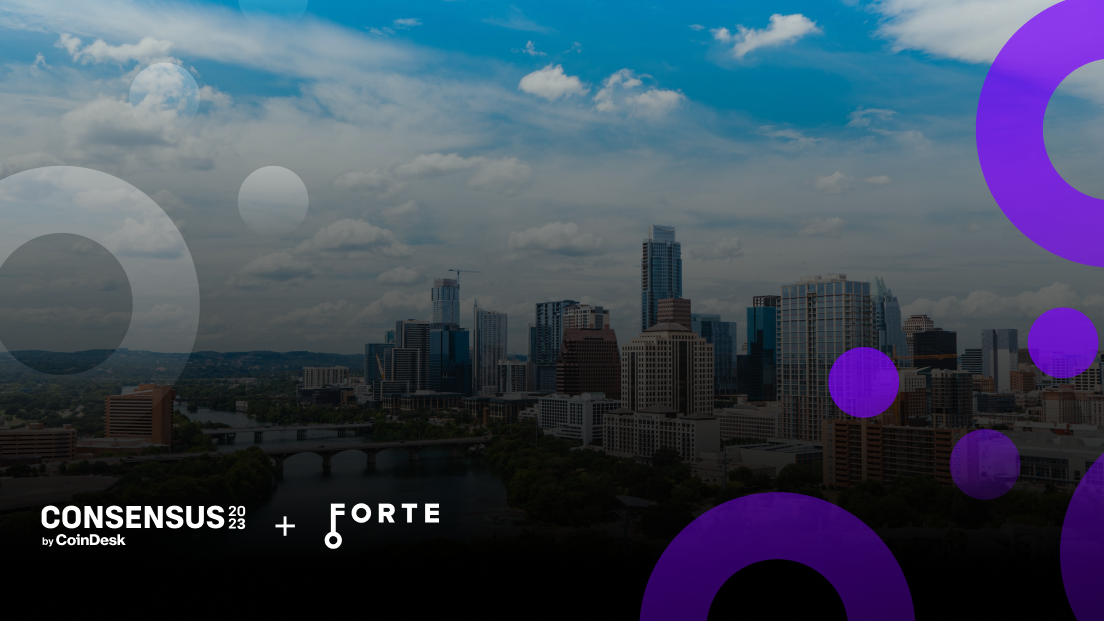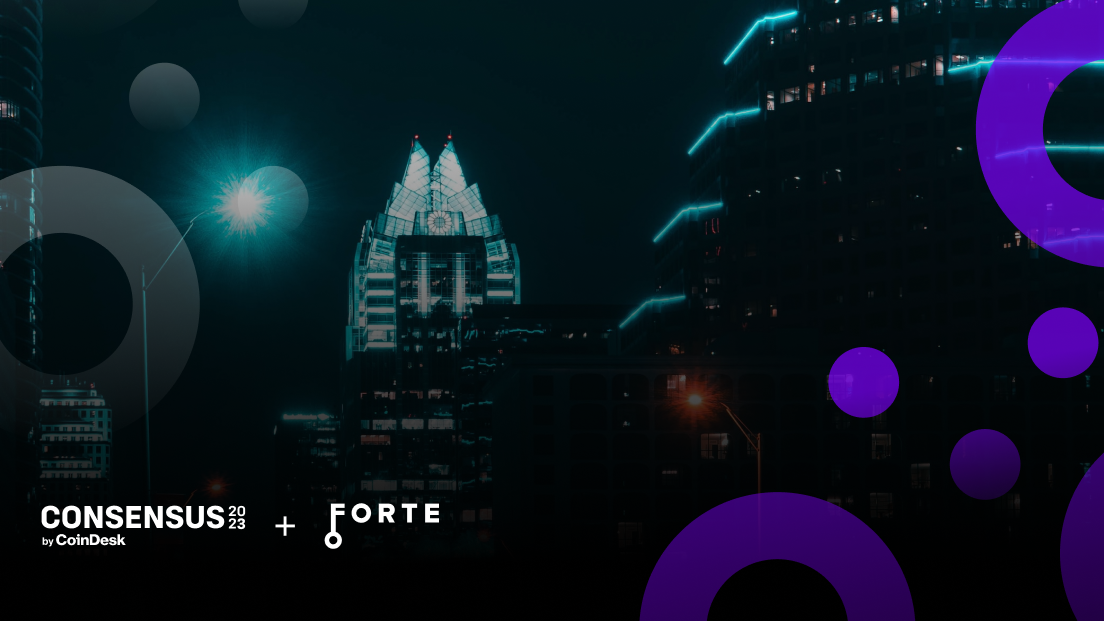Principal traders buy and sell assets out of their own accounts, thereby serving as a consistent source of liquidity and facilitating orderly trading. By carrying inventory at their own expense, they’re shouldering risk. But like any participant in a marketplace, they do so looking to make a profit, by smart timing of purchases and sales, or by making a two-sided market in the asset — setting different prices for buying and for selling the same asset, and profiting from the spread between the two quotes.
Principal trading plays a vital role in marketplaces, where the activity of principal traders provides positive benefits to other participants — further reducing market friction, maintaining trading velocity, and reducing excessive arbitrage — while also delivering profits to the traders themselves.
In game economies, just as in the real world, marketplaces must be active, with sufficient liquidity and market information, in order for participants to want to participate. However, when games with marketplaces are just launching, the “cold start problem” can make it hard to get users on board.
As a user base grows, the supply of and demand for goods increases and market interest builds, individuals are more inclined to participate, leading to a “flywheel of engagement.” But generating that initial momentum is a primary challenge for developers — and so is modulating the flywheel to prevent it from going out of control once it has begun to spin.
So how can developers effectively manage in-game marketplaces? One answer lies in the four major activities of principal trading:
Initial issuance
The game developer, as the issuer of game assets, can distribute an initial stake of those assets to players, as an incentive for loyalty, a reward for activity or achievement, or at a price (using in-game currency or fiat).
Inventory trading
The game developer can continue to hold an inventory of game assets and sell them to tamp down price growth or to generate revenue for the game.
Principal trading — Buying & selling
The game developer can use its own capital to buy/sell game assets from players, creating a market for others, and also a profit for itself. To date, this is rare, as the developer-player relationship is typically one-directional, in the sense that players buy assets from the game and not the other way around. As such, there are few in-game examples of games putting up their own capital to buy and sell game assets for profit.
Market making — Facilitating trades
The game developer facilitates trades of game assets in hopes of generating additional user participation, by serving as a primary counterparty to players — e.g., buying fungible goods (like “leather scraps”) or unique assets (like collectible skins) for the sole purpose of encouraging participation in the marketplace.
Over time, game assets are simply assets, and game economies are simply economies. As such, principal trading in-game marketplaces can serve a role similar to what it does in real-world ones — as an essential way to provide liquidity, ensure orderly trading and drive and sustain growth in the markets for assets.
Want to learn more about principal trading, broker-dealers, and how developers take action to support in-game economies? Read our in-depth article here.



